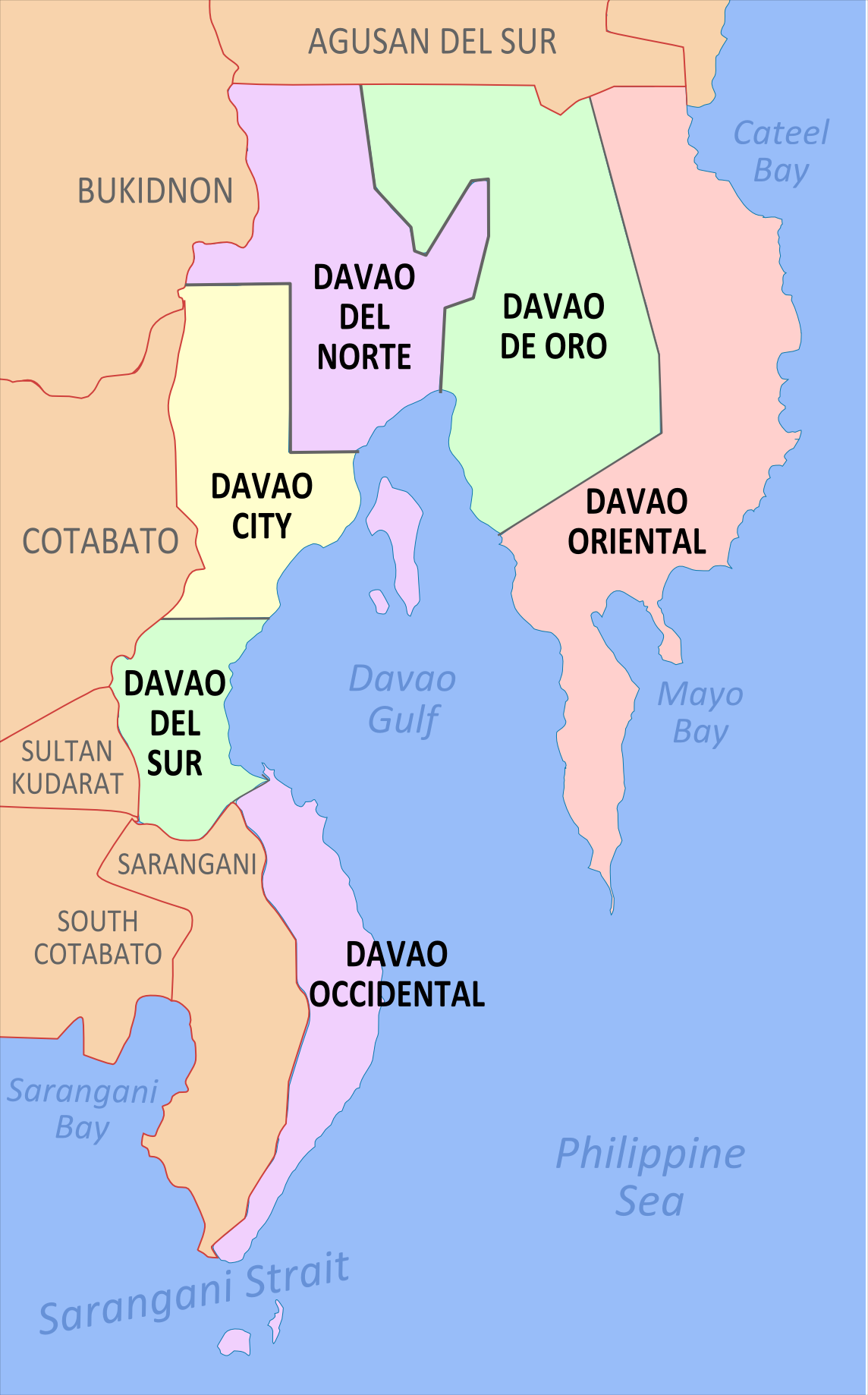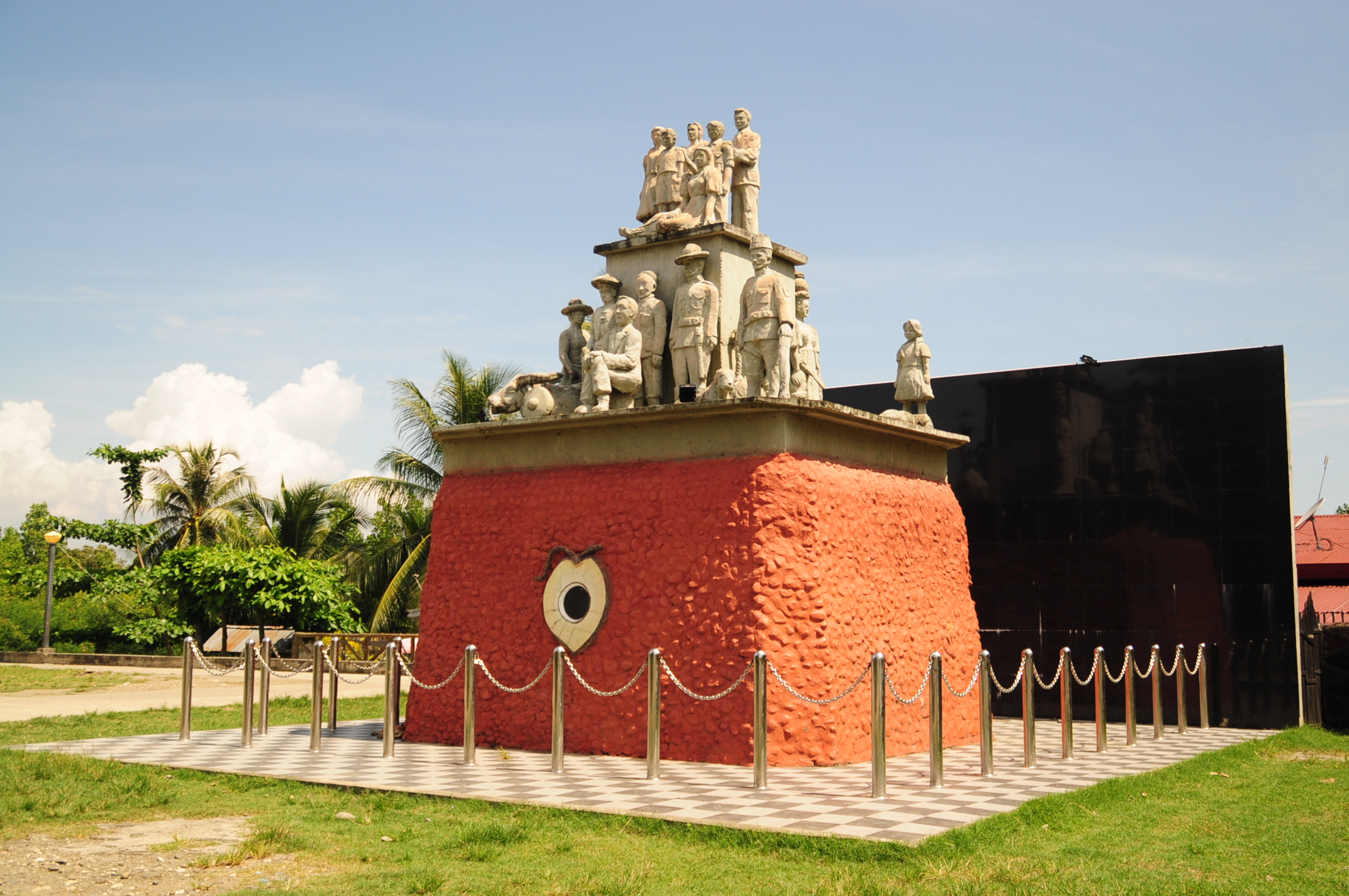|
Sarangani Language
Sarangani is a Manobo language of the Davao Region of Mindanao in the Philippines. Distribution Sarangani Manobo is spoken in the Davao Region of southern Mindanao, Philippines. Specifically, it is spoken in Jose Abad Santos, Davao Occidental; Governor Generoso, Davao Oriental; and Glan, Sarangani Glan, officially the Municipality of Glan ( ceb, Lungsod sa Glan; tl, Bayan ng Glan; mdh, Inged nu Glan), is a 1st class municipality in the province of Sarangani, Philippines. According to the 2020 census, it has a population of 109,547 peopl .... References Further reading * * Manobo languages Languages of Davao Occidental {{GCPhilippine-lang-stub ... [...More Info...] [...Related Items...] OR: [Wikipedia] [Google] [Baidu] |
Philippines
The Philippines (; fil, Pilipinas, links=no), officially the Republic of the Philippines ( fil, Republika ng Pilipinas, links=no), * bik, Republika kan Filipinas * ceb, Republika sa Pilipinas * cbk, República de Filipinas * hil, Republika sang Filipinas * ibg, Republika nat Filipinas * ilo, Republika ti Filipinas * ivv, Republika nu Filipinas * pam, Republika ning Filipinas * krj, Republika kang Pilipinas * mdh, Republika nu Pilipinas * mrw, Republika a Pilipinas * pag, Republika na Filipinas * xsb, Republika nin Pilipinas * sgd, Republika nan Pilipinas * tgl, Republika ng Pilipinas * tsg, Republika sin Pilipinas * war, Republika han Pilipinas * yka, Republika si Pilipinas In the recognized optional languages of the Philippines: * es, República de las Filipinas * ar, جمهورية الفلبين, Jumhūriyyat al-Filibbīn is an archipelagic country in Southeast Asia. It is situated in the western Pacific Ocean and consists of around 7,641 islands t ... [...More Info...] [...Related Items...] OR: [Wikipedia] [Google] [Baidu] |
Mindanao
Mindanao ( ) ( Jawi: مينداناو) is the second-largest island in the Philippines, after Luzon, and seventh-most populous island in the world. Located in the southern region of the archipelago, the island is part of an island group of the same name that also includes its adjacent islands, notably the Sulu Archipelago. According to the 2020 census, Mindanao has a population of 26,252,442 people, while the entire island group has an estimated population of 27,021,036 according to the 2021 census. Mindanao is divided into six administrative regions: the Zamboanga Peninsula, Northern Mindanao, the Caraga region, the Davao region, Soccsksargen, and the autonomous region of Bangsamoro. According to the 2020 census, Davao City is the most populous city on the island, with 1,776,949 people, followed by Zamboanga City (pop. 977,234), Cagayan de Oro (pop. 728,402), General Santos (pop. 697,315), Butuan (pop. 372,910), Iligan (pop. 363,115) and Cotabato City (pop. 325,079). ... [...More Info...] [...Related Items...] OR: [Wikipedia] [Google] [Baidu] |
Malayo-Polynesian Languages
The Malayo-Polynesian languages are a subgroup of the Austronesian languages, with approximately 385.5 million speakers. The Malayo-Polynesian languages are spoken by the Austronesian peoples outside of Taiwan, in the island nations of Southeast Asia (Indonesian and Philippine Archipelago) and the Pacific Ocean, with a smaller number in continental Asia in the areas near the Malay Peninsula. Cambodia, Vietnam and the Chinese island Hainan serve as the northwest geographic outlier. Malagasy, spoken in the island of Madagascar off the eastern coast of Africa in the Indian Ocean, is the furthest western outlier. The languages spoken south-westward from central Micronesia until Easter Island are sometimes referred to as the Polynesian languages. Many languages of the Malayo-Polynesian family show the strong influence of Sanskrit and Arabic, as the western part of the region has been a stronghold of Hinduism, Buddhism, and, later, Islam. Two morphological characteristics of the M ... [...More Info...] [...Related Items...] OR: [Wikipedia] [Google] [Baidu] |
Philippine Languages
The Philippine languages or Philippinic are a proposed group by R. David Paul Zorc (1986) and Robert Blust (1991; 2005; 2019) that include all the languages of the Philippines and northern Sulawesi, Indonesia—except Sama–Bajaw (languages of the "Sea Gypsies") and a few languages of Palawan—and form a subfamily of Austronesian languages. Although the Philippines is near the center of Austronesian expansion from Formosa, there is little linguistic diversity among the approximately 150 Philippine languages, suggesting that earlier diversity has been erased by the spread of the ancestor of the modern Philippine languages. Classification History and criticism One of the first explicit classifications of a "Philippine" grouping based on genetic affiliation was in 1906 by Frank Blake, who placed them as a subdivision of the "Malay branch" within Malayo-Polynesian (MP), which at that time was considered as a family. Blake however encompasses every language within the geogr ... [...More Info...] [...Related Items...] OR: [Wikipedia] [Google] [Baidu] |
Greater Central Philippine Languages
The Greater Central Philippine languages are a proposed subgroup of the Austronesian language family, defined by the change of Proto-Malayo-Polynesian ''*R'' to ''*g''. They are spoken in the central and southern parts of the Philippines, and in northern Sulawesi, Indonesia. This subgroup was first proposed by Robert Blust (1991) based on lexical and phonological evidence, and is accepted by most specialists in the field. Most of the major languages of the Philippines belong to the Greater Central Philippine subgroup: Tagalog, the Visayan languages Cebuano, Hiligaynon, Waray; Central Bikol, the Danao languages Maranao and Magindanaon. On the island of Sulawesi, Indonesia, Gorontalo is the third-largest language by number of speakers. History According to Blust, the current distribution of the Greater Central Philippine languages is the result of an expansion that occurred around 500 B.C. and which led to levelling of much of the linguistic diversity in the central and sout ... [...More Info...] [...Related Items...] OR: [Wikipedia] [Google] [Baidu] |
Manobo Languages
The Manobo languages are a group of languages spoken in the Philippines. Their speakers are primarily located around Northern Mindanao, Central Mindanao (presently called ) and Caraga regions where they are natively spoken. Some outlying groups make Manobo geographically discontiguous as other speakers can be located as far as the southern peninsula of Davao Oriental, most of Davao Occidental and coastal areas of Sultan Kudarat. The Kagayanen speakers are the most extremely remote and can be found in certain portions of Palawan. Languages *Central **East: Dibabawon, Rajah Kabunsuwan, Agusan **South: Ata, Matigsalug (Tigwa); Obo **West: Western Bukidnon, Ilianen *North: Binukid, Kagayanen, Higaonon, Kinamigin *South: Tagabawa, Sarangani, Cotabato Classification Elkins (1974:637) classifies the Manobo languages as follows. *Manobo **Northern ***'' Cagayano'' (of Cagayancillo Island) ***'' Kinamigin'' (of Camiguin Island), '' Binukid'' (of central Mindanao) **(core bra ... [...More Info...] [...Related Items...] OR: [Wikipedia] [Google] [Baidu] |
Davao Region
Davao Region, formerly called Southern Mindanao ( ceb, Rehiyon sa Davao; fil, Rehiyon ng Davao), is an administrative region in the Philippines, designated as Region XI. It is situated at the southeastern portion of Mindanao and comprises five provinces: Davao de Oro, Davao del Norte, Davao del Sur, Davao Oriental and Davao Occidental. The region encloses the Davao Gulf, and its regional center is Davao City. ''Dávao'' is the Hispanicized pronunciation of ''daba-daba'', the Bagobo word for "fire". Etymology Many historians believe that the name ''Davao'' is the mixture of the three names that three different tribes, the earliest settlers in the region, had for the Davao River. The Manobos, an aboriginal tribe, referred to the Davao Rivers as ''Davohoho''. Another tribe, the Bagobos, referred to the river as ''Davohaha'', which means "fire", while another tribe, the Guiangan tribe, called the river as ''Duhwow''. History The history of the region dates back to the times ... [...More Info...] [...Related Items...] OR: [Wikipedia] [Google] [Baidu] |
Jose Abad Santos, Davao Occidental
Jose Abad Santos, officially the Municipality of Jose Abad Santos ( ceb, Lungsod sa Jose Abad Santos; tl, Bayan ng Jose Abad Santos), is a 1st class municipality in the province of Davao Occidental, Philippines. According to the 2020 census, it has a population of 73,381 people. History The Municipality of Jose Abad Santos was formerly a part of Malita town. Barrios Batulaki (5,181) and Caburan (6,197) seceded and established as a separate town on August 1, 1948, and was originally named "Trinidad". The barrio of Caburan became its ''poblacion'' or town center. In 1954, the municipality was renamed by Republic Act no. 1206, in honor of José Abad Santos, Chief Justice of the Supreme Court of the Philippines, who was executed by the Japanese invading forces during World War II. On January 1, 2021, Barangay Caburan experienced a nearby earthquake. Two days later, Jose Abad Santos became the apex of a diarrhea outbreak. Geography It is the southernmost municipality on the mainl ... [...More Info...] [...Related Items...] OR: [Wikipedia] [Google] [Baidu] |
Governor Generoso, Davao Oriental
Governor Generoso (), officially the Municipality of Governor Generoso ( ceb, Lungsod sa Gobernador Generoso; tl, Bayan ng Gobernador Generoso), is a 2nd class municipality in the province of Davao Oriental, Philippines. According to the 2020 census, it has a population of 59,891 people. It is formerly known as Sigaboy. The municipality is named after Sebastian T. Generoso, a former governor of Davao Province. Miangas, Indonesia (also known as ''Isla de las Palmas'') is located directly southeast of this municipality. Before and after World War II, Francisco Durico Serrano (son of Saturnina Dagking,founder of Cambaleon, San Isidro) was the Mayor of the undivided Governor Generoso until the time when Philippines was given independence. He took down the American flag and raised our Philippine flag with so much honor. Geography Climate Barangays Generoso is politically subdivided into 20 barangay A barangay (; abbreviated as Brgy. or Bgy.), historically referred to as ba ... [...More Info...] [...Related Items...] OR: [Wikipedia] [Google] [Baidu] |
Glan, Sarangani
Glan, officially the Municipality of Glan ( ceb, Lungsod sa Glan; tl, Bayan ng Glan; mdh, Inged nu Glan), is a 1st class municipality in the province of Sarangani, Philippines. According to the 2020 census, it has a population of 109,547 people. Glan is located east of Sarangani Bay, west of Davao Occidental, and north of the Celebes Sea. It is largely based on agriculture with a high level production of copra. Aquaculture is the second biggest income earner, notably milkfish and shrimps culture. Other agricultural products are coconuts, maize, sugarcane, bananas, pineapples, mangoes, pork, eggs, beef, and fish. The economy accelerated in 2010s due to advances in global communication technology and the finishing of a modern highway, which improved trade and transport. The municipality is classified as he ''"heritage town"'' by cultural conservationists, including members of the National Commission for Culture and the Arts due to the many well-preserved ancestral houses an ... [...More Info...] [...Related Items...] OR: [Wikipedia] [Google] [Baidu] |


